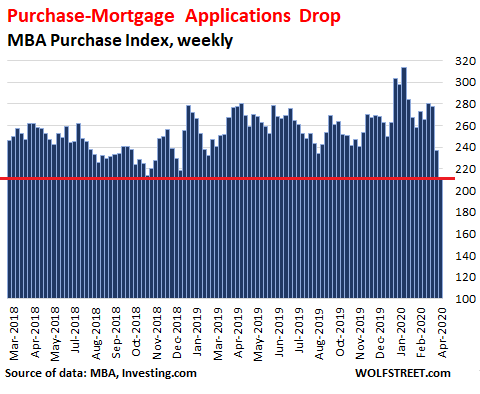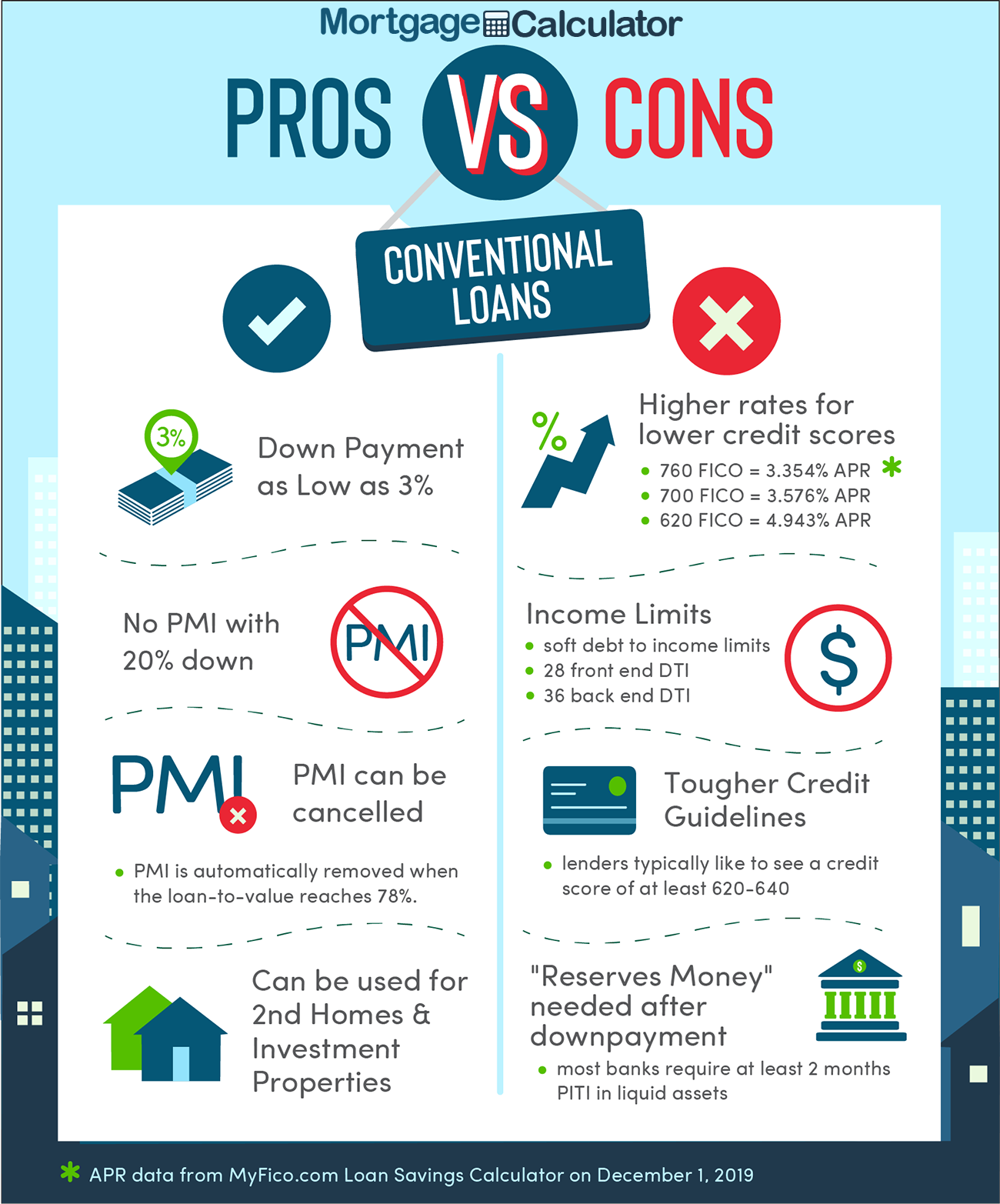A larger down payment on a conventional loan will likewise accelerate the process of reaching 80% on your loan-to-value (LTV) ratio, which is the percentage of how much you still owe on your home loan - what is a gift letter for mortgages. You can stop paying home mortgage insurance coverage once the money you've paid towards your house, consisting of the deposit, reaches 20% of your home's value, or 80% LTV which minimizes your regular monthly payments.
If you desire to make a 20% deposit to avoid being struck with home mortgage insurance coverage fees, you can estimate just how much home you can manage by multiplying your savings by five. For example, if you had $34,000 in your cost savings the average cost savings account balance in 2013 you might pay for to fund a $170,000 house without purchasing mortgage insurance coverage.
As such, it is very important that you factor these month-to-month expenses into your budget plan when determining the amount of home mortgage financial obligation you can afford. Numerous very first time home purchasers struggle to get approved for mortgages since they can't meet the typical 20% deposit minimums on the size of house they want.
If either of these explains your scenario, you might have the ability to reduce your down payment through a government loan. Both the Federal Housing Administration (FHA) and the Veterans Administration (VA) run home mortgage programs for eligible Americans. Newbie house buyers with little credit rating or a poor credit profile might think about requesting an FHA home mortgage instead of a conventional loan.
Debtors with poor credit also tend to receive higher rates of interest, which can considerably increase your monthly mortgage payment. Nevertheless, FHA loans are likewise a great alternative if your credit history is above 580 but you wish to make a smaller down payment than enabled by a traditional lender. Similar to other types of financial obligation financing, you're probably to be approved for a cost effective loan if you have actually constructed a strong credit profile and have healthy cost savings.
Another approach that many states have started using are. It's possible to pay a low down payment on a traditional loan if you have outstanding credit, however the majority of banks require a down payment of 5% or more for the typical debtor. Government-backed FHA mortgages, which have a 3. 5% minimum deposit, can be a more economical alternative for those looking for a smaller sized up-front cost though, as pointed out above, all FHA borrowers must pay regular monthly insurance coverage costs for the life of the loan.
The added MIP or PMI charge can be a pricy long term cost and might negate the financial benefit of making a low down payment. Offered the big cost of purchasing a home, it's most a good idea to conserve adequate cash to make a 20% deposit and avoid spending for insurance https://shanekjbz735.wordpress.com/2021/02/20/what-are-cpm-payments-with-regards-to-fixed-mortgages-rates-things-to-know-before-you-get-this/ coverage, specifically if you anticipate your spending plan to be tight in the coming years.
The Of What Do Mortgages Lenders Look At
Your down payment plays an essential function when you're purchasing a home. A down payment is a percentage of your house's purchase rate that you pay up front when you close your home loan. Lenders frequently look at the deposit amount as your investment in the home. Not only will it affect just how much you'll need to obtain, it can also influence: Whether your lending institution will require you to pay for private home loan insurance coverage (PMI).
Your interest rate. Due to the fact that your deposit represents your investment in the home, your lender will frequently offer you a lower rate if you can make a greater down payment. So just how much of a down payment will you need to make? That depends upon the purchase cost of your home and your loan program.
The quantity of your down payment helps offer your lending institution the loan-to-value ratio (LTV) of the property. LTV is one of the primary elements together with debt-to-income-ratio and credit report that a lender thinks about when deciding whether or not to extend you credit. Your loan-to-value ratio shows how much you will owe on the home after your deposit, and is revealed as a portion that reveals the ratio between your home's unsettled principal and its appraised worth.
Here's the formula: Loan quantity appraisal value or purchase rate (whichever is less) = loan-to-value (LTV) The home you desire to purchase has an assessed value of $205,000, however $200,000 is the purchase priceThe bank will base the loan quantity on the $200,000 figure, due to the fact that it's the lower of the 2You have $40,000 for a down payment, so you require a $160,000 loan to meet the $200,000 purchase priceYour loan-to-value formula would look like this: $160,000 $200,000 =.
80 by 100% which provides you an LTV of 80% If your deposit is lower than 20%, your loan-to-value ratio for conventional financing will be higher than 80%. Because case, your lending institution might need you to pay private home mortgage insurance coverage, due to the fact that they're lending you more money to buy the home and increasing their prospective risk of loss if the loan ought to go into default.
When you think about just how much to put down on your house, believe about your loan provider's requirements and what a greater or a lower deposit will suggest for you. Is it worth it to you to pay personal mortgage insurance coverage every month in order to receive the other advantages of homeownership? Or would it make more sense for you to conserve for a bigger down payment and prevent PMI, even if that suggests waiting longer to buy a home? Understanding the monetary effect of each choice can help you make your choice with self-confidence.

For novice house buyers, the obstacle of developing a 20% home mortgage deposit is frequently tough enough to keep them out of the market. But the 20% down payment is all but dead and has actually been for rather a long time, specifically for newbie buyers. Get responses to concerns about your home loan, travel, financial resources and keeping your assurance.

What Does What Banks Do 100 Percent Mortgages Mean?
Due to the fact that outliers can alter an average, the telling figure for what other home buyers put down is the average deposit, implying half paid that much or above, and half paid that much or below. For first-time home purchasers who funded the purchase, the median down payment was 7%, according to a 2018 survey by the National Association of Realtors.
" The other half still believe that they need to have at least 20% down in order to receive a home mortgage." The minimum down payment for a home depends upon the kind of loan and a lender's requirements. Here are the minimum deposit requirements for the most common types of loans.Conventional loans,which aren't guaranteed by the federal government, can have deposits as low as 3% for certified buyers. 5% down. FHA loans enable lower minimum credit scores than standard loans.VA loans for military service members and veterans, and USDA loans for specific rural and rural purchasers, Great site typically require no deposit. VA loans are backed by the U.S. Department of Veterans Affairs, and USDA loans are guaranteed by the U.S.